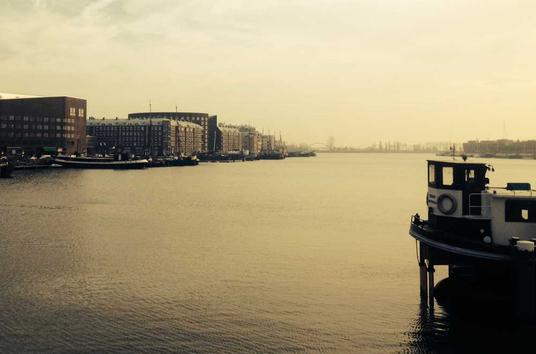-
Notifications
You must be signed in to change notification settings - Fork 0
Home
Welcome to the aapwiki wiki!
`
Water Treatment Taken To The Next Level- Sustainable Development of Delhi!!
Water Treatment Plant On The Banks Of Yamuna [1]
- A mega 650 MLD water treatment plant for domestic water needs of Delhi is being constructed.
- The building is designed like an urban sculpture and a place of tourist and educational interest.
- Terrace garden has sprawling views of the river and a solar photovoltaic roof.
Water Treatment Plants Expenditure [2]
| S.N. | Description |
Actuals 2007-08 |
BE 2008-09 |
RBE 2008-09 |
BE 2009-10 |
| 1 | 140 MGD WTP at Sonia Vihar | 11232.59 | 900 | 2000 | 300 |
| 2 | Construction of WTP at Dwarka | 2587.5 | 4000 | 700 | 700 |
| 3 | Construction of WTP at Palla | 0 | 50 | 5 | 5 |
| 4 | Construction of 20MGD WTP Okhla | 4494.53 | 6500 | 1000 | 800 |
| 5 | Captive Power Plant at WTPs | 344.1 | 0 | 0 | 0 |
(There are six water treatment plants in Delhi.)
Below Is The List of Water Treatment Plants [3]
| Water Treatment Plants | Current Capacity (MGD) |
| Bhagirathi | 105 |
| Chandrawal | 103 |
| Haiderpur | 225 |
| Nangloi | 40 |
| Sonia Vihar | 140 |
| Wazirabad | 132 |
Steps taken for Sustainable Water Supply [4] & [5]
- In FY 2022, the city recharged more groundwater than it extracted, which is a huge milestone towards sustainability.
- The recharge is achieved through RainWater Harvesting(RWH) by constructing artificial lakes near Yamuna and levying penalties on plots over 100 square meters for not installing such RWH systems. Delhi Jal Board ( DJP ) has announced 10% rebate on water bills for plots installing RWH.
- Delhi receives an annual average rainfall of 774 mm and is estimated to have the potential to collect 917 million cubic meters rainwater for recharging.
WTPs at Wazirabad, Chandrawal and Okhla had to be shut down temporarily in July 2023, when water level in Yamuna rose due to heavy flooding.[6]
Ammonia removal plants are being used to boost water supply, by using chlorine to treat upto 1ppm of ammonia in raw water and later passed through industrial RO systems.
This step is to counter the large amounts of ammonia and industrial waste released into waster by Haryana. [7]
References:
-
https://twitter.com/DaaruBaazMehta/status/1670698355012550656 ↩︎
-
https://delhijalboard.delhi.gov.in/jalboard/budget-allocated-each-agency ↩︎
-
https://www.mapsofindia.com/maps/delhi/water-treatment-plants.html ↩︎
-
https://www.hindustantimes.com/cities/delhi-news/water-scarcity-in-delhi-as-yamuna-river-reaches-record-high-shutting-down-water-treatment-plants-101689235019149.html ↩︎
-
https://www.hindustantimes.com/cities/delhi-news/delhi-jal-board-takes-steps-to-restore-water-treatment-plants-as-ammonia-levels-rise-in-yamuna-river-affecting-supply-to-north-and-west-delhi-101680634919193.html ↩︎
-
http://timesofindia.indiatimes.com/articleshow/99280263.cms?utm_source=contentofinterest&utm_medium=text&utm_campaign=cppst ↩︎
-
https://www.hindustantimes.com/cities/delhi-news/ammonia-removal-plant-soon-to-boost-water-supply-in-delhi-101679679688106.html ↩︎
